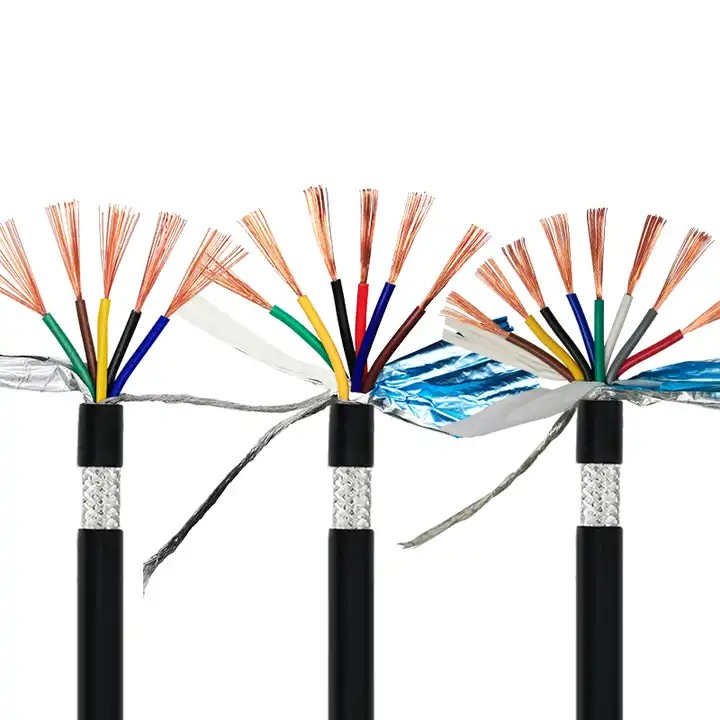How Do Multicore Shielded Cables Prevent Interference
In today’s modern electrical systems, ensuring signal integrity and preventing electromagnetic interference (EMI) are critical for the smooth operation of sensitive devices. This is where multicore shielded cables come into play. These cables are designed with multiple cores of insulated conductors wrapped in a protective shield that helps block external electromagnetic interference. Whether you¨re dealing with multicore shielded cables for robotics or industrial machinery, understanding how these cables prevent interference is key to optimizing your systems.Even so, high flexible industrial ethernet cable We must also adhere to the quality of the industry and create unique products for the company. https://www.linkcablecn.com
What Are Multicore Shielded Cables?
Multicore shielded cables are specialized cables with several internal conductive cores, each typically insulated to prevent short circuits. The key feature of these cables is their protective shield, often made from materials like copper, aluminum, or braided wire, which surrounds the cores. This shield serves as a barrier against external electrical noise and interference, ensuring the integrity of the transmitted signal.The core structure of the cable allows for multiple signals to be transmitted through a single cable, which makes them ideal for a range of applications, from power distribution to data transfer. In environments where noise and signal degradation can compromise system performance, multicore shielded cables offer a reliable solution.
flexible multicore shielded cable.jpg
How Do Multicore Shielded Cables Prevent Interference?
Electromagnetic Interference (EMI) Shielding:The primary function of the shield in multicore shielded cables is to protect against electromagnetic interference (EMI). EMI is caused by electrical signals that radiate from power lines, machinery, or other devices. These signals can disrupt sensitive equipment, causing data loss, equipment malfunction, or even system failure. The shield in shielded multicore cables acts as a barrier, absorbing and deflecting these unwanted electromagnetic waves, ensuring that the transmitted signals remain unaffected by external interference.
Grounding the Shield:In many multicore shielded cables, the shield is grounded to divert the interference away from the sensitive conductors inside the cable. This grounding method helps direct the EMI to a safe location, typically back to the ground, where it cannot affect the system. The grounding further enhances the ability of the cable to maintain signal integrity and avoid signal degradation caused by external noise.
Prevention of Crosstalk:In cables with multiple cores, especially those used in multicore shielded cables for robotics and other industrial systems, the risk of crosstalk!where signals from one core interfere with others!can be high. The shielding not only prevents external interference but also helps reduce crosstalk between the cores themselves. This ensures that each signal remains clear and free from distortion, which is especially important in complex systems that rely on precise data transfer.
Flexibility and Durability:Flexible multicore shielded cables offer an added benefit in environments where cables need to be moved or bent regularly. The flexibility of these cables doesn¨t compromise their ability to block interference. These cables maintain their shielding effectiveness even under bending or twisting, making them ideal for robotics, manufacturing, and other dynamic applications where movement is common.
Improved Signal Quality Over Long Distances:One of the main advantages of shielded multicore cables is their ability to maintain high-quality signal transmission over long distances. Without proper shielding, cables can suffer from signal degradation due to the interference picked up over the distance. The shielded design of these cables minimizes the risk of signal loss, making them an excellent choice for applications requiring long cable runs, such as in industrial settings, robotics, or data centers.